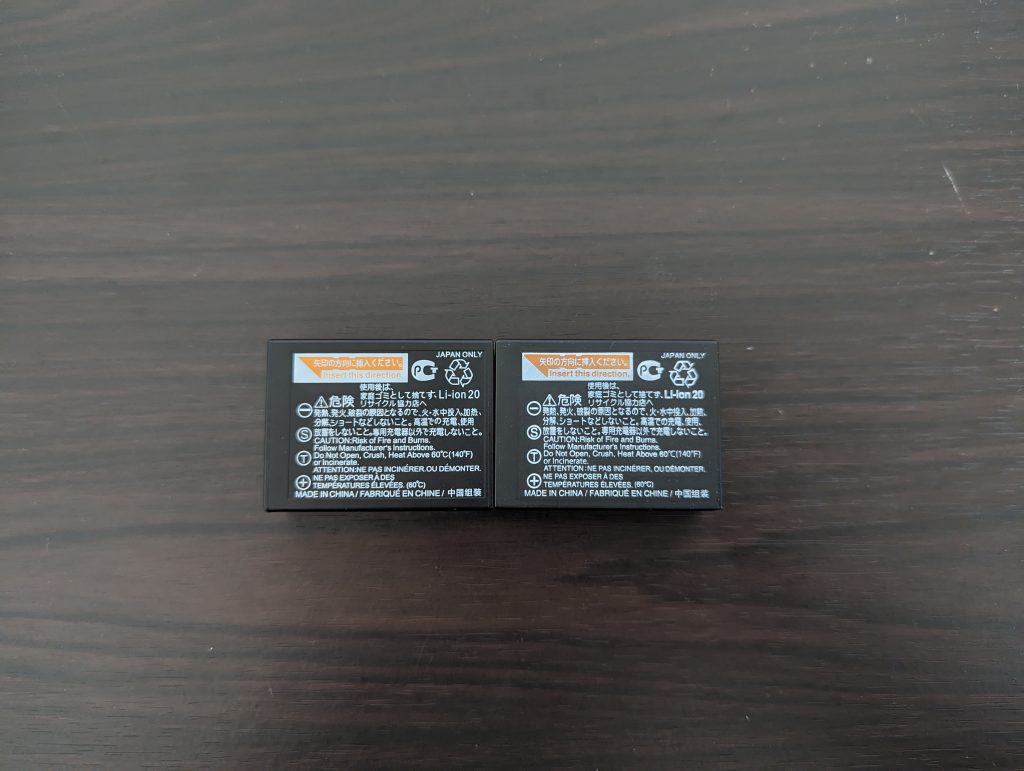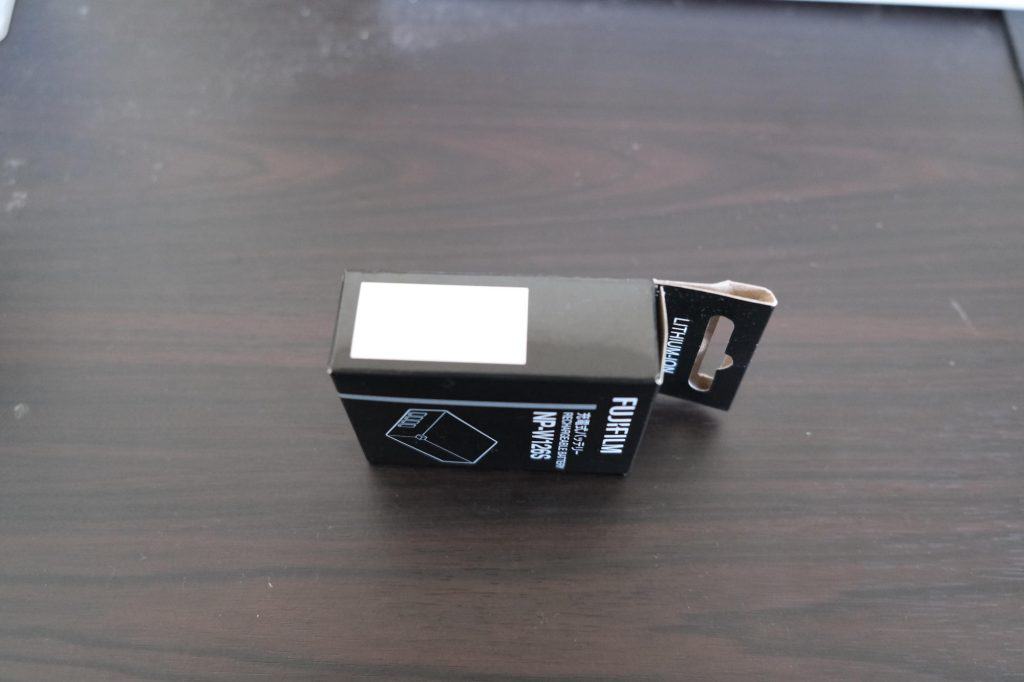So it finally happened to me, I ended up with a fake Fujifilm NP-W126S battery. I’ve always been pretty careful when it comes to buying things online from unknown sellers, but perhaps because I’m new to the Mercari marketplace that’s popular in Japan, I had let my guard down.

The Differences That Gave It Away
Now let’s rewind a little, how exactly did I come to suspect a fake battery? On the surface, the battery looks close to the real deal. Yet as soon as I took it out of the plastic sleeve it belonged to, something just felt off and cheap about it. I quickly compared it to my 2 other genuine Fujifilm batteries, one which had come with the camera, and another which I bought off another Fujifilm owner in person.
Something didn’t feel right, so I immediately began searching the internet for the common tells. I was lucky enough to find Dom Varney’s incredibly in-depth and helpful guide which extensively describes the common signs of a counterfeit battery. I also found a YouTube video by George Scrob that was published more recently, which once again compares a genuine article to a fake.
1. Slight Difference In Weight
We’re only talking about a couple grams of difference at most, but even just comparing their weights with my hands, this newly acquired battery felt ever so slightly lighter.
2. Only 1 Blank white box on side of box

The outer packaging of genuine batteries have two white boxes on this side of the box (one small, one big), with some short serial code stamped on them.
The box I received, only had one white box with no serial code stamped on it.
If you look closely enough, you’ll see that the counterfeit battery doesn’t get the Fujifilm logo quite right.
3. Discrepancies in the Fujifilm logo printed on the battery


4. Shiny and reflective electrical contacts

As you can see, the counterfeit battery’s gold electrical contacts are much more reflective, and display a grid-like pattern.
5. Difference in color of the circular patch

6. Plastic sleeve instead of a storage pouch
In the photo at the beginning of the article, you’ll notice the battery I bought just came in a plain and thin plastic sleeve. Now if I had ever purchased a brand new NP-W126S before, I would have immediately been suspicious. But because I had only obtained batteries without the original packaging before, I was not aware this was unusual, until I watched George Scrob’s video, which shows the pouch the battery should have come with.
Other Suspicious Differences To Be Wary Of
The above were enough for me to confirm that my new battery was indeed a fake. But if you are reading this from the future, it could be that some of the differences I spotted are no longer apparent, as counterfeiters might react and step up their game if more and more people begin to spot them.
Here are some other differences mentioned in the resources I linked to earlier, such as:
- The inside of the fake battery’s cardboard packaging has a typical grey/brown cardboard appearance, whereas the inside of a genuine NP-W126W box is coated white.
- Odd manufacturing code (refer to Dom’s guide)
- Rectangular (instead of square) anti-reversal notch (my fake battery did not have this discrepancy)
Not even useful as a spare battery!
Presenting my evidence of the item I ordered being a fake, I was immediately issued a refund from the seller. I also reported the seller to Mercari, but they still appear to be selling these counterfeit batteries, and people continue to buy them. I also couldn’t find any Japanese blog posts or videos that exposed the differences between genuine batteries and fakes.
Left with an essentially free, low quality OEM battery following my exchange, I thought I might be able to use the fake battery as a last resort spare battery. But alas, the battery isn’t sealed properly so I won’t be taking it anywhere with me!


Thanks Max